Best Timing for Foundation Repairs
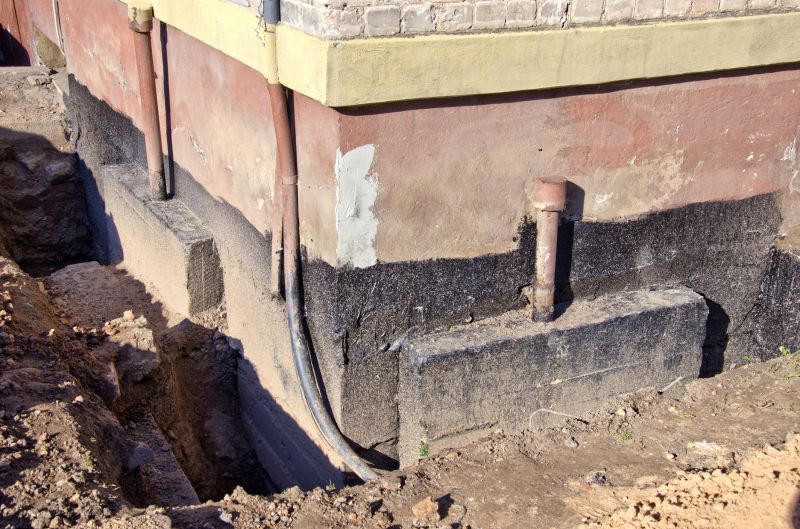
Dry weather minimizes soil movement, making repairs more effective and longer-lasting.
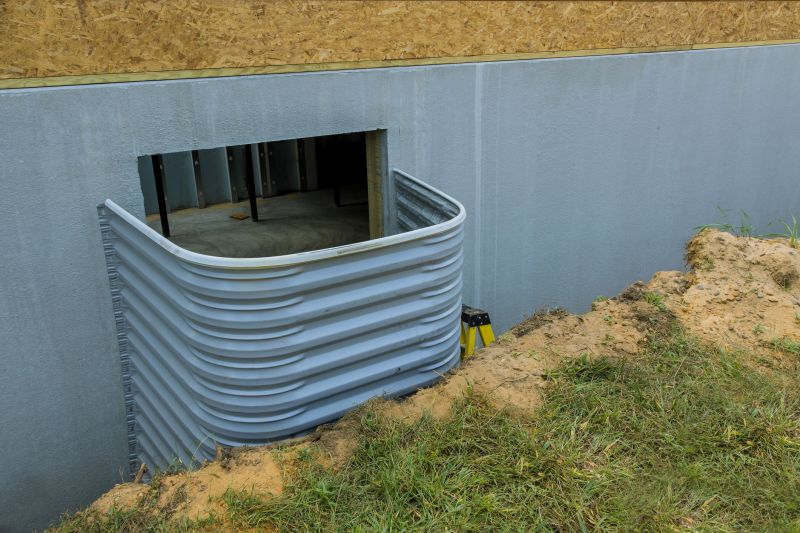
Spring and fall often provide stable ground conditions, reducing the risk of further shifting during repairs.
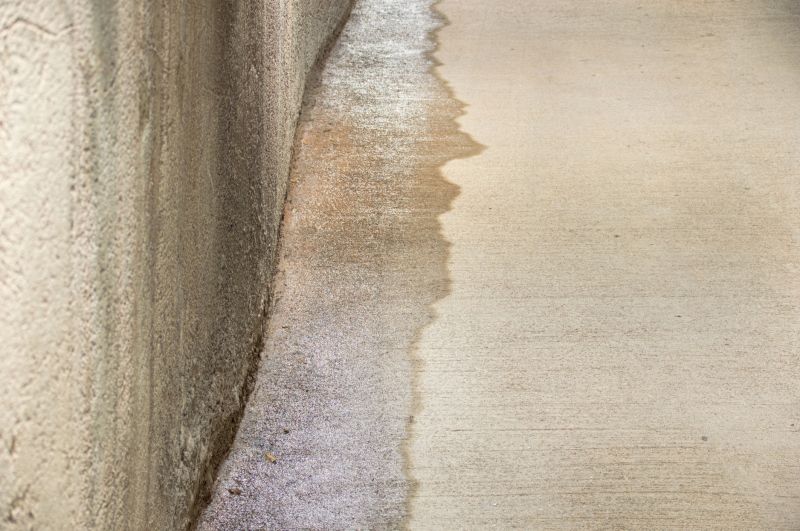
Cold temperatures and excessive moisture can complicate repair processes and impact material curing.

Ways to make Foundation Repairs work in tight or awkward layouts.
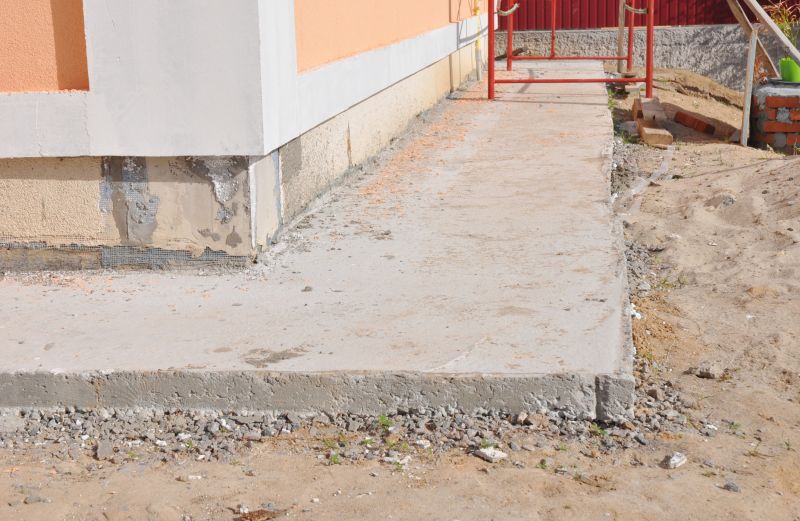
Popular materials for Foundation Repairs and why they hold up over time.

Simple add-ons that improve Foundation Repairs without blowing the budget.

High-end options that actually feel worth it for Foundation Repairs.

Finishes and colors that play nicely with Foundation Repairs.
Foundation repairs are essential for maintaining the structural integrity of a building. They address issues such as settling, cracking, and shifting caused by soil movement, moisture changes, and other environmental factors. Proper timing can enhance the effectiveness of repairs and extend their longevity. Typically, the best times for foundation work are during periods of stable ground conditions, usually in dry seasons when soil movement is minimal.
Statistics indicate that foundation issues can lead to significant property damage if not addressed promptly. Studies show that over 25% of home repairs are related to foundation problems, emphasizing the importance of timely intervention. Repair methods include underpinning, piering, and slab stabilization, which are most effective when performed under favorable weather conditions.
Cracks in walls, uneven floors, and sticking doors may indicate foundation issues requiring repair.
Common methods include underpinning, pier installation, and mudjacking, tailored to specific foundation needs.
Extreme weather can delay repairs or reduce their effectiveness; scheduling during moderate conditions is ideal.
Ensuring proper site drainage and soil stabilization can improve repair outcomes.

Specialized machinery used for underpinning and piering ensures precise and durable repairs.

Visible cracks are common indicators that require professional assessment and repair.
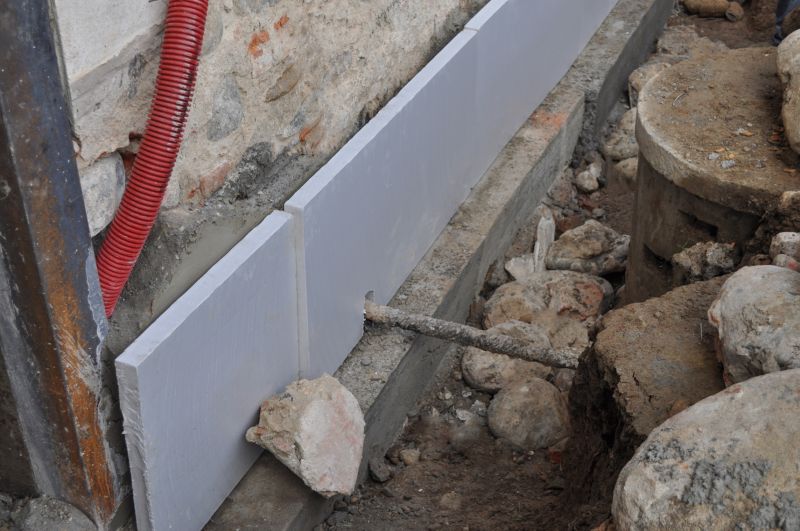
Methods like soil injection and compaction improve ground stability before repairs.
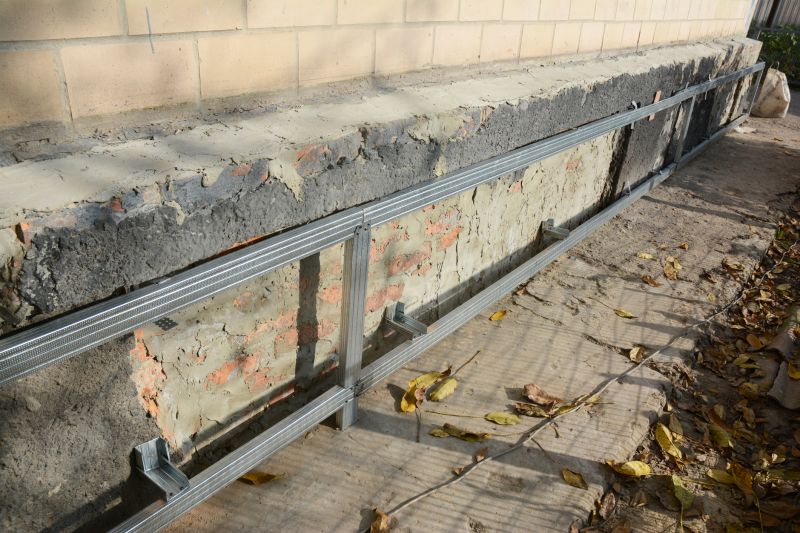
Step-by-step procedures involve assessment, preparation, and stabilization for lasting results.
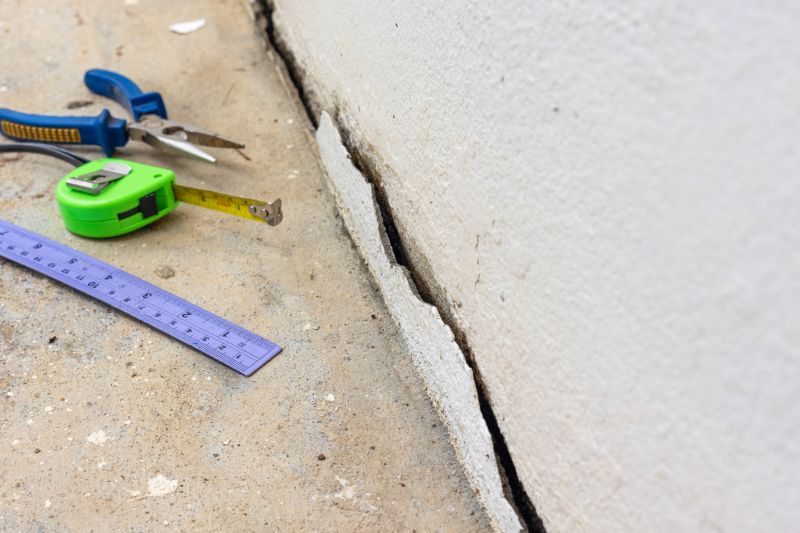
Little measurements that prevent headaches on Foundation Repairs day.
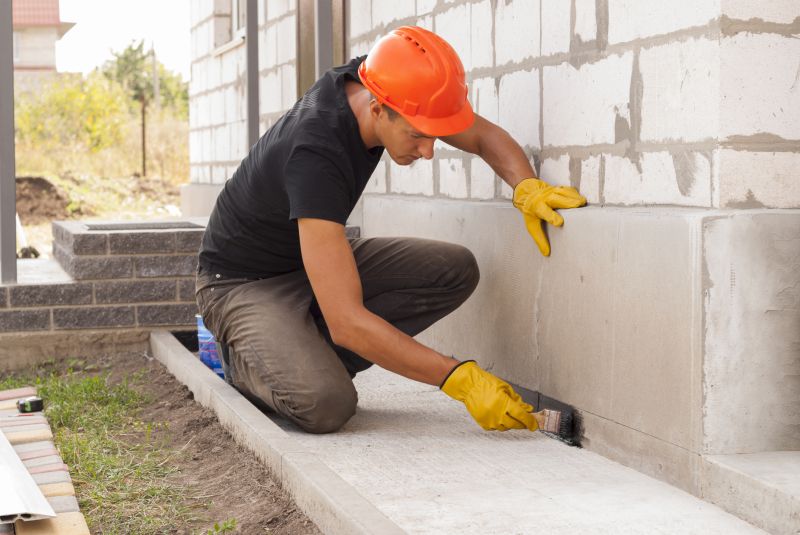
A 60-second routine that keeps Foundation Repairs looking new.

A frequent mistake in Foundation Repairs and how to dodge it.

Small tweaks to make Foundation Repairs safer and easier to use.
| Season | Best Conditions for Foundation Repairs |
|---|---|
| Spring | Stable ground, moderate moisture levels |
| Summer | Dry weather, minimal soil movement |
| Fall | Cool, dry conditions ideal for repairs |
| Winter | Not recommended due to freezing temperatures and moisture |
| Heavy Rain Periods | Avoid scheduling during excessive rainfall |
Timely foundation repairs contribute significantly to the safety and value of a property. Proper planning and execution during optimal weather conditions can prevent further damage and reduce long-term costs. Regular inspections can help identify issues early, allowing repairs to be scheduled during the most suitable times.

Heavy-duty machinery used for underpinning and stabilization.
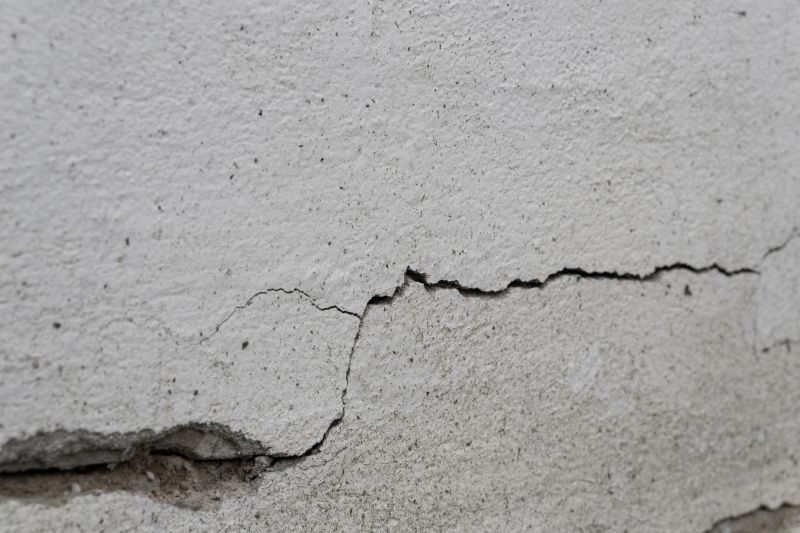
Common sign of foundation settling or shifting.
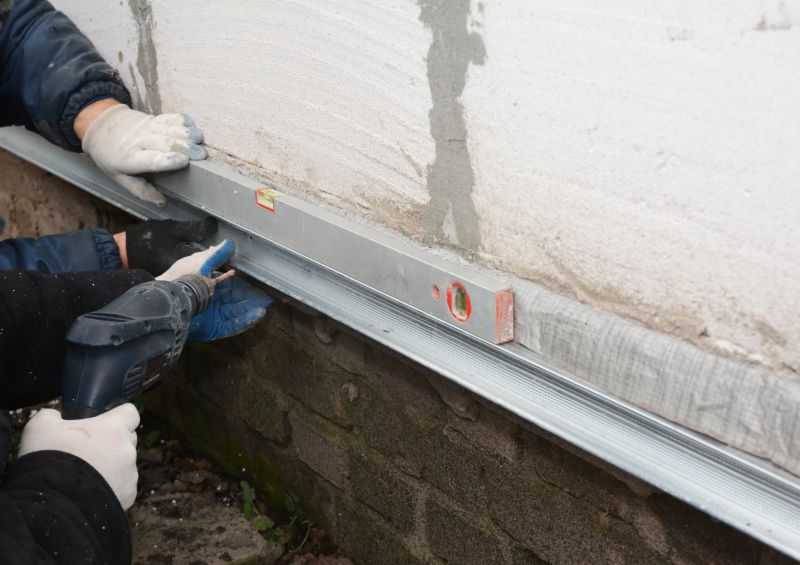
Techniques to improve ground stability before repairs.
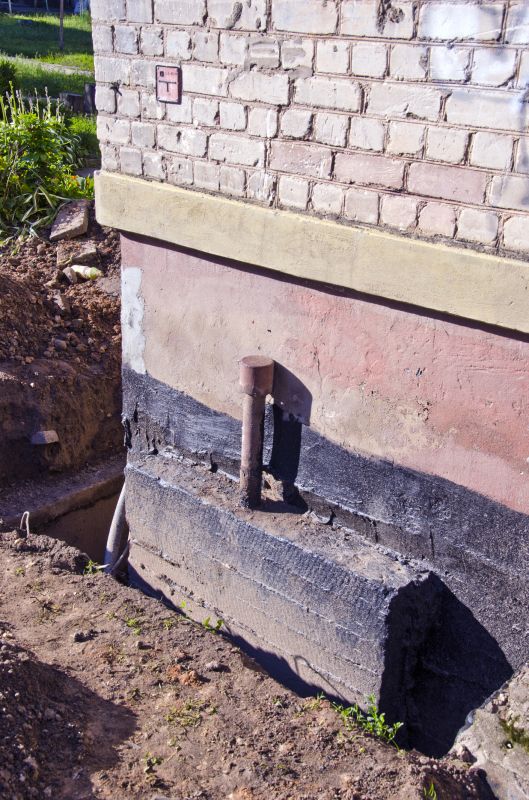
Steps taken to prepare for foundation stabilization work.
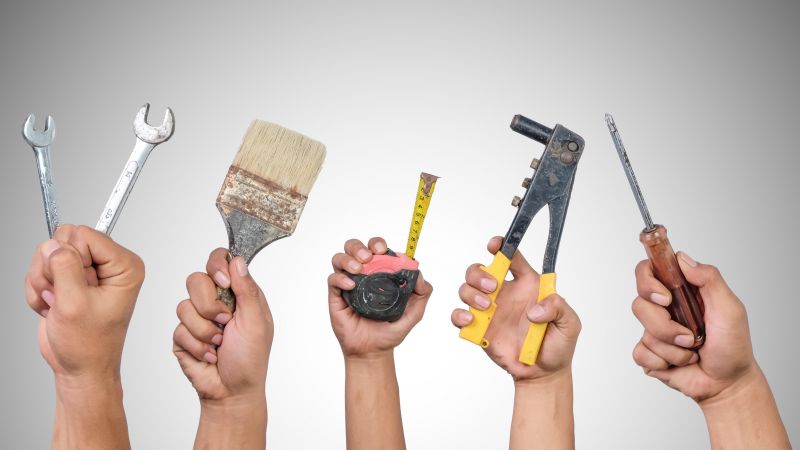
The short, realistic tool list for quality Foundation Repairs.

Rough timing from prep to clean-up for Foundation Repairs.
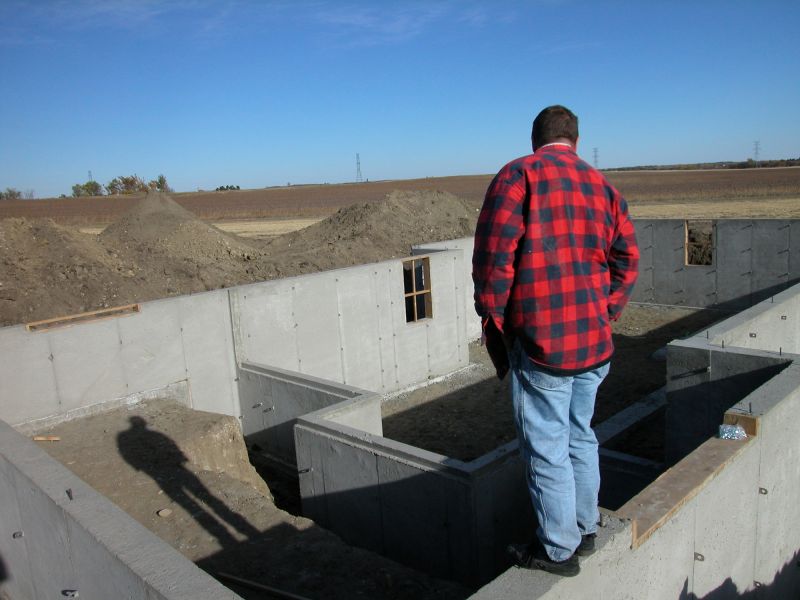
Quick checks and paperwork to keep after Foundation Repairs.

Examples that show the impact a good Foundation Repairs can make.
Interested property owners should consider scheduling foundation assessments during periods of stable weather. Proper timing ensures that repairs are more effective and durable, helping to preserve the structural integrity of the building for years to come.

